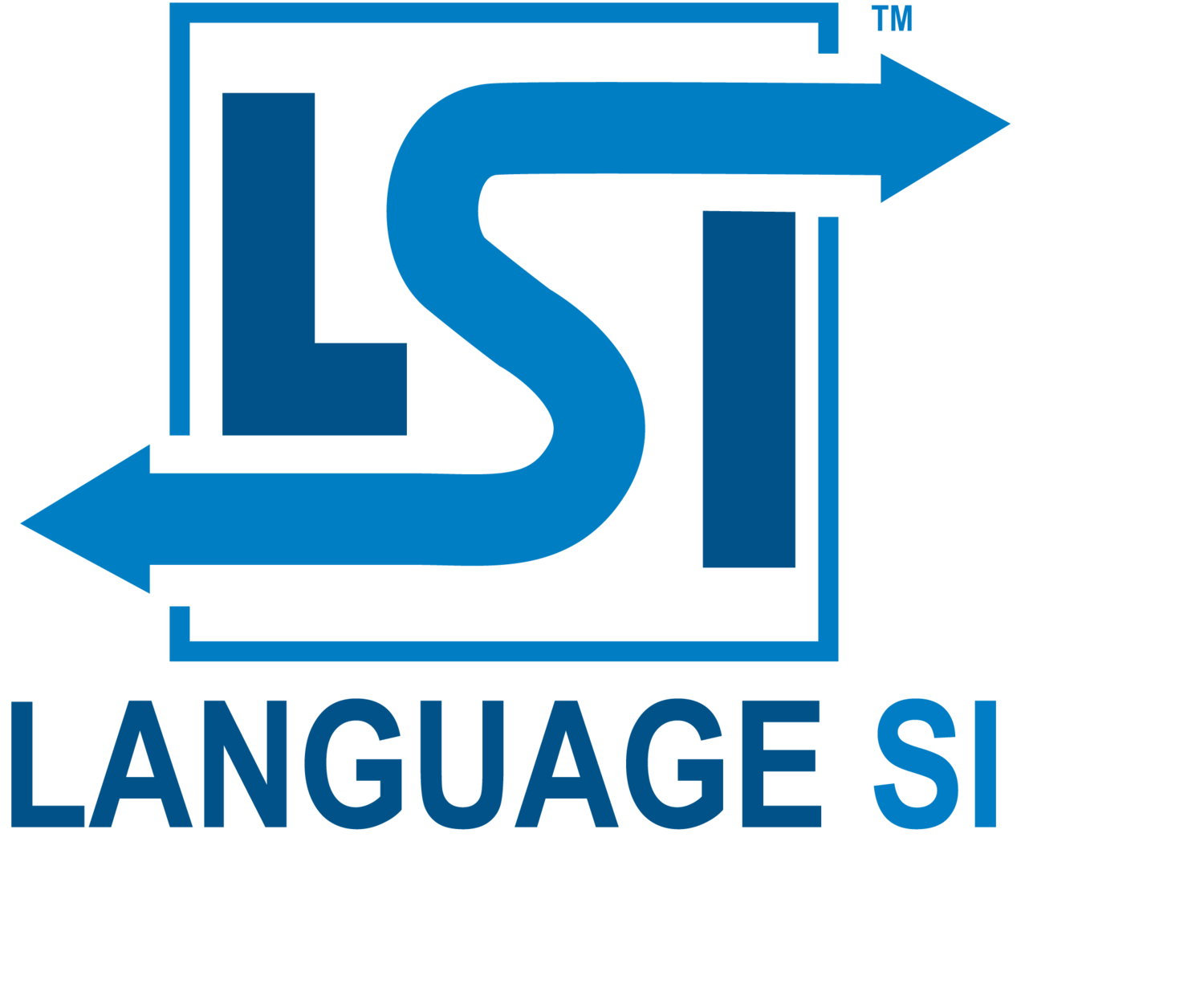Language Localization: What is it and Why do we Need it?
Language localization plays a crucial role in our lives. Localization is in commercials, online shopping, and even your TikTok algorithm.
Let’s start with the basics: what is language localization?
Language localization is the process of adapting a product's translation to a specific country or region, thus enhancing the way content is perceived. It requires extensive research in order to correctly reach the region’s traditions and social norms.
A great example of localization is the world of online shopping. When visiting a site, have you ever been asked “what country are you in?” prior to accessing the site? If so, you’ve experienced a localization strategy!
Ikea, for example, is a Swedish-origin and Dutch-headquartered furniture store -- now sold all over the world. When you log onto their website, you’re asked to choose your country on the “go shopping on your local site,” dropdown bar.
Within those different options, currency, language, imagery, and style are all adjusted to fit each county’s needs.
So, why is localization important?
If executed correctly, localization is the window to new markets. It successfully broadens a business’s audience and can help the consumer feel comfortable and familiar.
Without language localization, businesses would not be able to properly communicate with consumers and messages can get lost.
